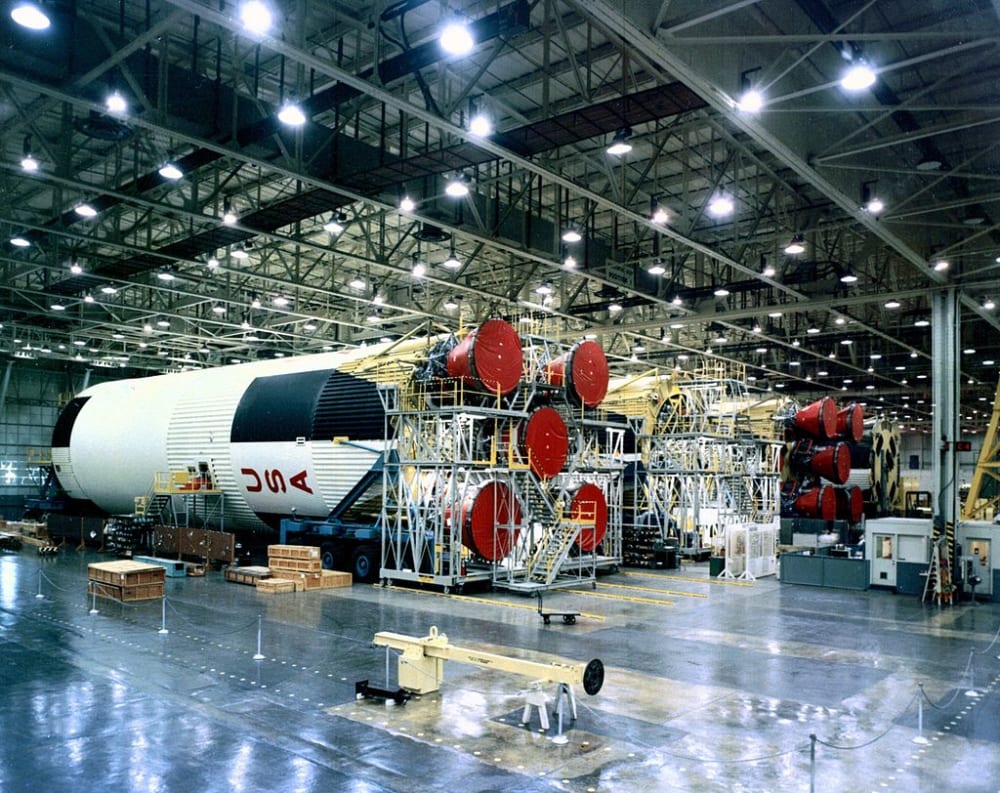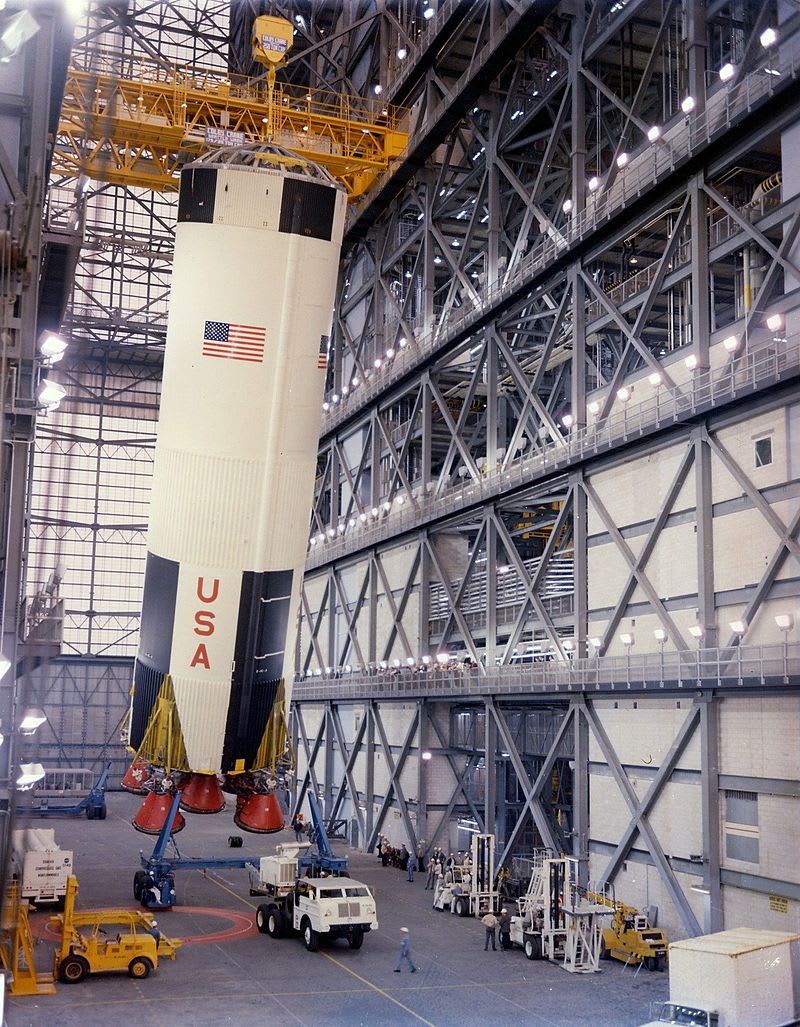With the success of “New Space” companies such as SpaceX and Blue Origin, there is a renewed interest in low-cost private launch systems and space exploration in general. Governmental space agencies, especially NASA, are working in partnership with emerging private companies. Yet the barrier to entry has now shifted to the requirement to be an Internet billionaire. Mr. Elon Musk of SpaceX has put $100 million of his own money into the company. From a New York Times article, Mr. Jeff Bezos of Amazon “declined to say how much money he had poured into his dream [Blue Origin]. ‘Let’s just say it’s a lot,’ he said.”
In the free market, more competition is always beneficial. Currently, the drive is on to develop reusable first-stage rockets. SpaceX and Blue Origin have both made strides in this direction. However, the landing gear and added fuel needed to land the first stage results in a lower payload than possible. The landing attempt introduces another step in which catastrophic failure can occur. Also, it remains to be seen whether a reconditioned first stage will have the same reliability as a traditional expendable launch vehicle.
A new company, Phoenyx Aerospace, would use crowdfunding to construct an expendable launch vehicle based on proven technology. Funding would begin with a campaign on a rewards-based crowdfunding site such as IndieGoGo. This would raise seed money to determine whether this project is technically and economically feasible. If so, Phoenyx Aerospace would use Title III equity crowdfunding to raise up to $1 million from individual investors. The next step would be to use Tier 2 of Regulation A+ to raise up to $50 million in equity. Non-accredited investors would be eligible to participate subject to investment limits based on income.
Phoenyx Aerospace plans to develop a heavy-launch vehicle by “updating” the Saturn S-1C first stage. This is proven technology: fifteen flight-capable vehicles were constructed and thirteen were launched. Manufacturing methods have advanced considerably since the initial construction of the S-1C, so the term “update” is used instead of “rebuild.” Additive manufacturing, or 3-D printing techniques, will be used. This and other new construction techniques will decrease the number of parts, workers, and steps needed. The Michoud Assembly Facility, where the S-1C was first built, is still available. Unlike SpaceX or Blue Origin, Phoenyx Aerospace believes that strategic partnerships with other companies provide fiscal and technical advantages. Huntsville, AL-based Dynetics has worked to develop F-1B engines that are based on the F-1 engines that powered the original S-1C. The F-1B were designed for the booster competition for the Space Launch System, but NASA looks likely to choose solid propellant boosters instead. Phoenyx Aerospace would fund the development and testing of the F-1B engine for use in the updated S-1C.
Space exploration is an exciting endeavor, with an appeal that stretches across national and political boundaries. Using new developments in both manufacturing technology and crowdfunding, Phoenyx Aerospace seeks to make participation in the New Space movement accessible to the ordinary investor.
Like this entry?
-
About the Entrant
- Name:Karland A Kilian
- Type of entry:individual
- Patent status:none








